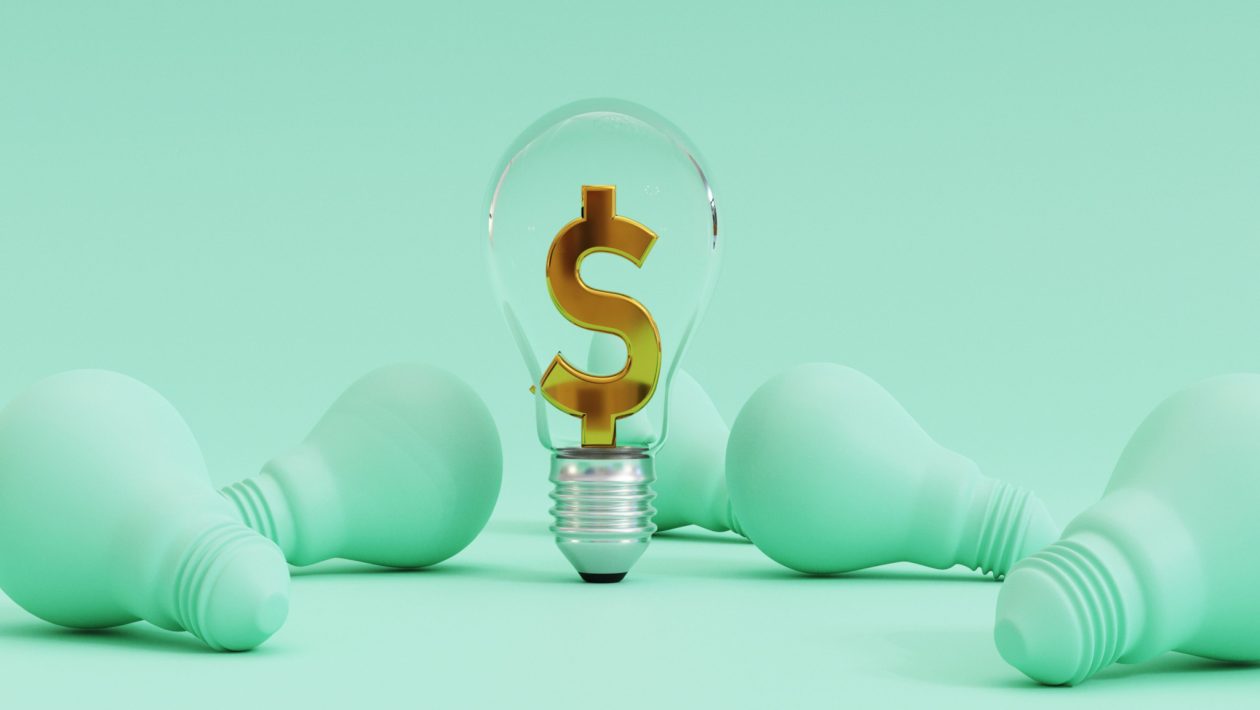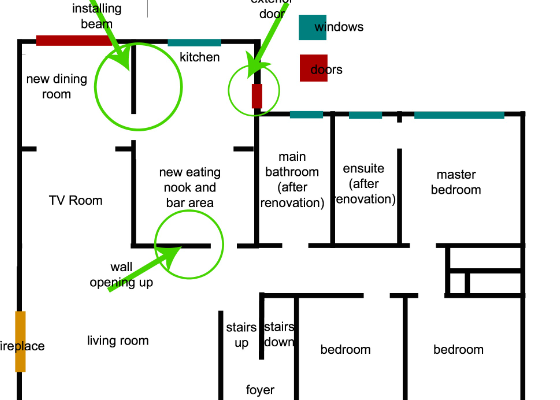Electricity is an essential part of modern life, powering our homes, businesses, and industries. However, what many people may not realize is that electric rates can vary significantly throughout the year due to seasonal changes. Seasonality impacts energy prices in a variety of ways. Heating and cooling in the winter and cooling in the summer drive energy demand up, raising prices. Understanding these fluctuations and their impact on your electric bills is crucial for managing your energy costs efficiently. In this article, we’ll explore how seasonal changes affect your electric rates and provide tips on how to manage these fluctuations effectively.
Table of Contents
Winter
Electric rates in Pennsylvania tend to increase in winter due to higher demand and prices for natural gas, a key energy source for power plants. In states where electricity market rates are set by utilities rather than regulated retail energy providers, these seasonal changes are reflected on your bill by your utility’s basic supply rate.
The supply portion of your bill is based on the market, which changes by season and time of day as demand fluctuates. However, many retail energy providers offer fixed-rate plans that lock in your price for the length of your contract and don’t change based on market rates. These plans can be excellent if you want stability and predictability in energy costs.
Whether or not your electricity company offers off-peak hours, it’s a good idea to save major power usage when prices are lowest (generally early morning and night). You can also save money by running your appliances on a timer during non-peak times so they only use electricity when you’re not home.
Spring
As the weather warms up, many homeowners are likely to see their electricity rates drop. But before you get too excited, remember that your savings are largely due to not using as much energy. This is not because of lower wholesale prices – that change has already happened.
Your utility is the middleman between you and power producers, procuring power for your region at competitive auctions. It estimates how much energy you’ll need over six months and then signs contracts with suppliers. The resulting price per kilowatt-hour is what you pay.
Electricity prices go down in the summer and up in the winter because of a reliance on fossil fuels for generation. The upcoming winter is expected to be the same, with Russia’s conflict in Ukraine driving up gas and electricity prices.
But don’t let the fear of higher rates deter you from shopping for a better deal. A bit of research will yield big savings for most customers, especially if they shop six months before their plan renews.
Summer
Electricity demand is at its highest during the summer, especially when the temperatures are hottest. This increased electricity usage results in higher market prices and can increase your electricity bill, even if you’re on a fixed-rate plan.
It’s common for households to use more energy during the summer when kids are home from school, and people use electronics, lights, and air conditioning. Fortunately, there are ways to save electricity and keep your bill low this summer.
Lowering your electricity usage during peak hours can help reduce the impact on the grid. This is because the electricity company needs to balance supply and demand. Keeping your usage as low as possible during these “peak” hours can significantly impact your bills.
You can find lower electricity rates during the summer by saving energy during off-peak hours, generally early morning and nighttime. However, the specifics of these off-peak hours vary with each electricity provider.
Fall
Electricity rates are lower in the fall and spring as demand decreases, but they rise in winter when people use more energy to heat their homes. This is the classic seesaw effect and why planning and buying energy is important when prices are lowest.
Fossil fuels are a volatile resource, and global events can drive up or down electricity prices quickly. For example, last year, natural gas, used to generate much of the nation’s electricity, increased in price due to Russia’s invasion of Ukraine and economic sanctions against it, driving up electric rates.
While there is debate among consumer advocates, utilities, and regulators on the best way to implement time-varying rates—making them a default option with opt-out or requiring consumers to choose them—it’s clear that more education about the impact of peak usage and off-peak pricing on bills is needed. Without that, low-income customers and others who aren’t willing or able to change their power-use habits could experience bill spikes and service disconnections.
Many utilities have various plans offering different energy buying options, including fixed and variable rates. It’s also worth researching long-term market price trends and understanding how they may influence electric rates. Then, when you receive your supplier renewal and options notices, please review them carefully to find out what options are available.





